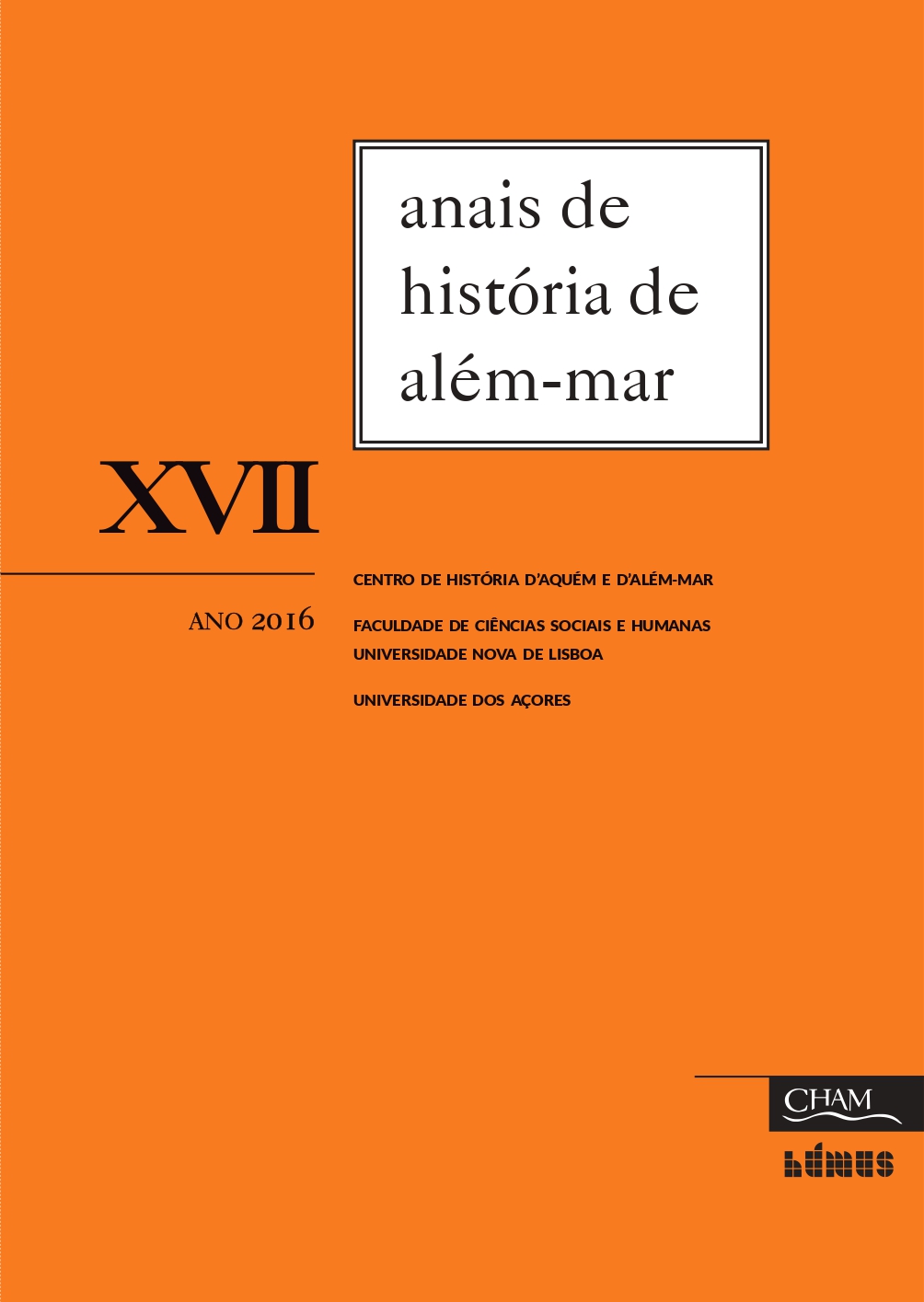Cruzando fronteiras: conversão e mobilidades culturais de escravos no império asiático português (séculos XVI e XVII)
DOI:
https://doi.org/10.57759/aham2016.36107Keywords:
The Portuguese Asian empire, Slaves, Catholicism, Religious identitiesAbstract
The aim of this paper is to analyze the Christianization of enslaved populations under the Portuguese Asian Empire during the XVIth and XVIIth centuries. We examine the broader aspects related to the Christianization of these enslaved people, with emphasis on the legislation of the Archbishopric of Goa and on the activities performed by the main agents of evangelization. We also consider the challenges regarding this Christianization process, like the porous borders (geographical and cultural frontiers) that separated Christian communities (in the Luso-Asiatic domains) from local Muslim and Hindu societies. In this way, we investigate the identity shifts of these enslaved people – especially of the enslaved tried by the Inquisition – who were converted to Catholicism and traversed several societies and religious systems throughout the Indian Ocean region.
Downloads
Published
How to Cite
Issue
Section
License
Copyright (c) 2016 Patrícia Souza de Faria

This work is licensed under a Creative Commons Attribution 4.0 International License.
This licence permits unrestricted use, distribution, adaptation, and reproduction in any medium, provided that the original work is properly cited.



